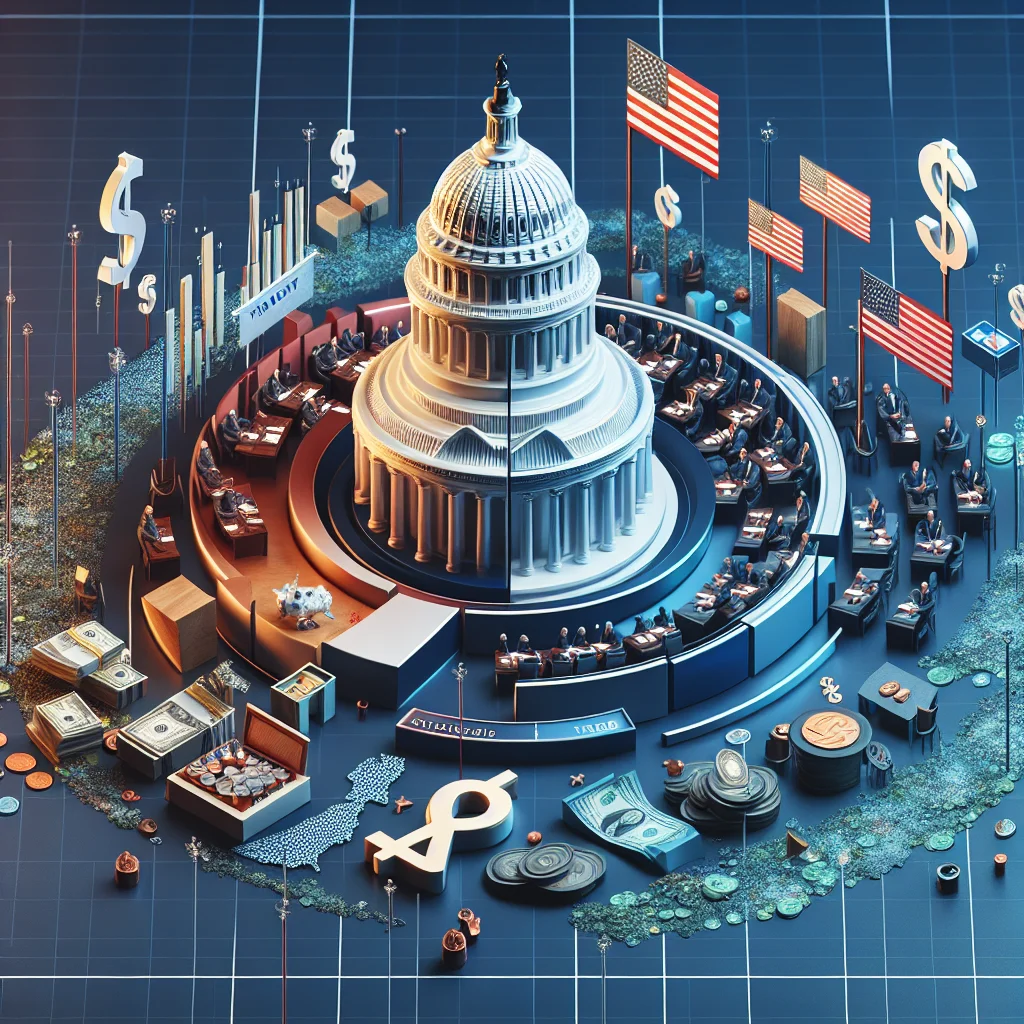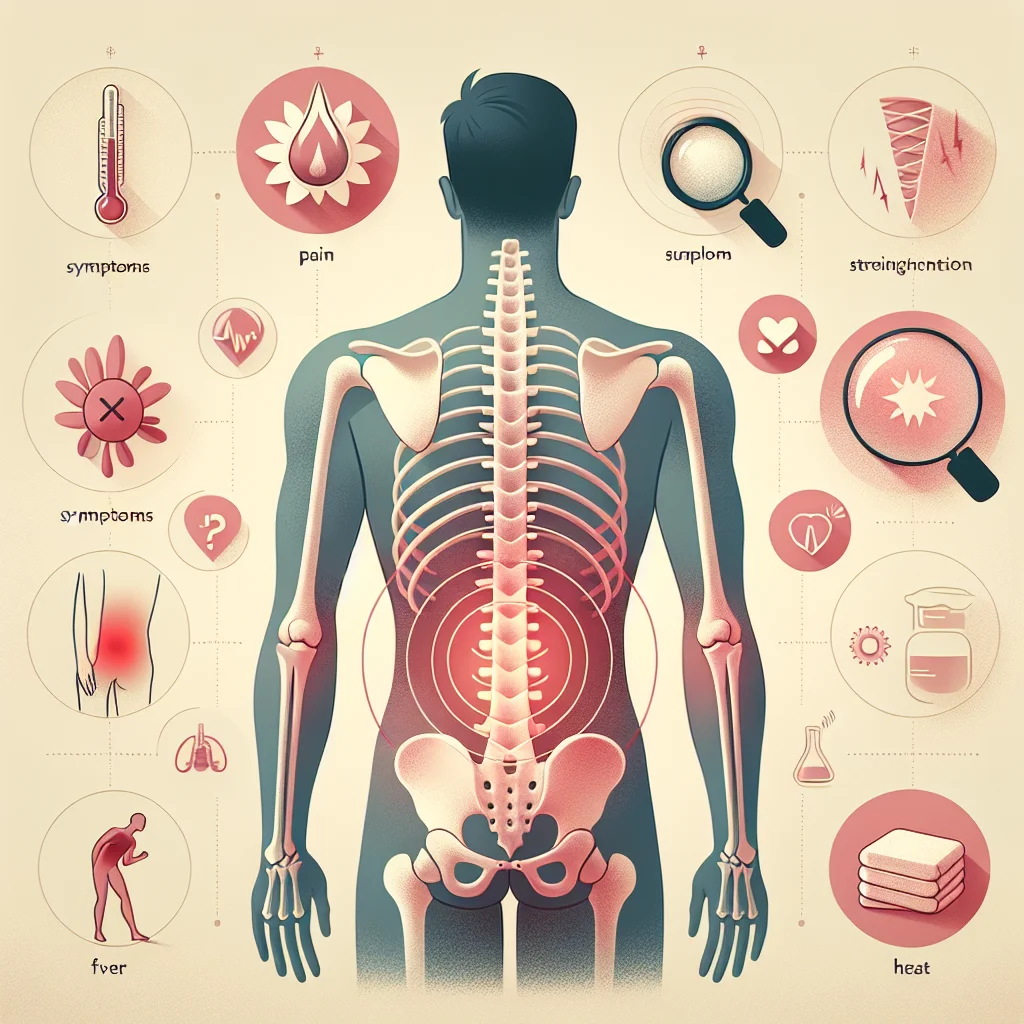
As the nation marks Independence Day 2025, the political landscape is sharply focused on the ramifications of former President Donald Trump’s sweeping tax bill, signed into law this spring after months of partisan debate. With the November midterm elections approaching, the legislation is poised to play a decisive role in the fight for control of Congress.
1. Mobilizing the Republican Base
The Trump tax bill, hailed by GOP leaders as a victory for economic growth, has energized Republican voters. The package, which centers on permanent tax cuts for corporations and a temporary extension of the 2017 individual rate reductions, is being promoted as a pro-business, pro-family measure. GOP candidates across battleground districts are leveraging the legislation to solidify their base and drive turnout.
2. Democratic Messaging on Inequality
Democrats are focusing their campaign messaging on the bill’s impact on income inequality. By highlighting provisions that favor high earners and corporations, Democratic candidates are appealing to middle-class and working-class voters frustrated by stagnant wages and rising costs. The tax bill’s cap on state and local tax (SALT) deductions remains a flashpoint in suburban districts, especially in states like New York, New Jersey, and California.
3. Impact on Swing Districts
In key swing districts, the tax bill’s mixed reception could determine the outcome. While some small business owners welcome the lower corporate tax rate, concerns persist about the bill’s effect on federal deficits and the potential for future cuts to Social Security and Medicare. Polls show that independent voters are closely watching candidates’ positions on fiscal responsibility.
4. Shaping Economic Debate
The tax bill has reignited debate over the health of the U.S. economy. Supporters argue it will spur job creation and investment, pointing to a modest uptick in GDP growth since the bill’s passage. Critics, however, warn of ballooning deficits and limited benefits for low- and middle-income families. These contrasting narratives are front and center in campaign ads and debates, shaping voter perceptions as Election Day nears.
5. Influence on Donor Activity
The legislation has also influenced campaign donations. Republican candidates have seen increased support from business groups and high-net-worth individuals, while Democratic contenders have reported a surge in grassroots contributions. The tax bill’s polarizing nature has intensified fundraising efforts on both sides, fueling record campaign spending in several Senate and House races.
6. Policy Roadmap for 2026 and Beyond
Control of Congress will determine the future trajectory of U.S. tax policy. If Republicans maintain or expand their majority, further tax reductions and deregulatory measures are likely. A Democratic takeover could lead to efforts to roll back parts of the Trump tax bill and pursue expanded social spending. Voters are acutely aware that the outcome of this year’s elections will have lasting implications for their taxes and the nation’s fiscal health.
As candidates from both parties campaign nationwide, the Trump tax bill remains a central issue, shaping voter priorities and the future of federal policymaking in 2025 and beyond.












